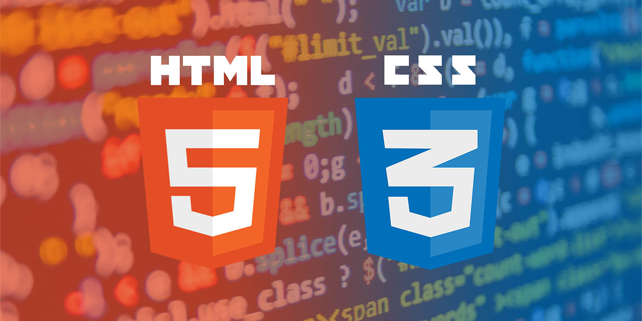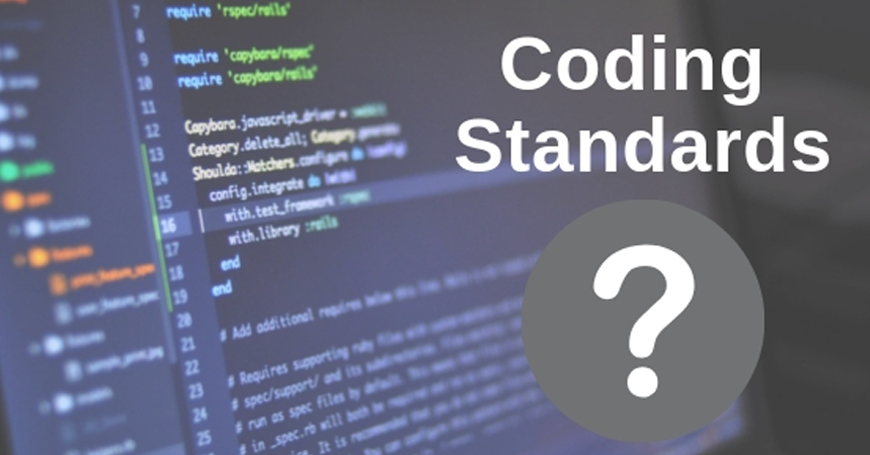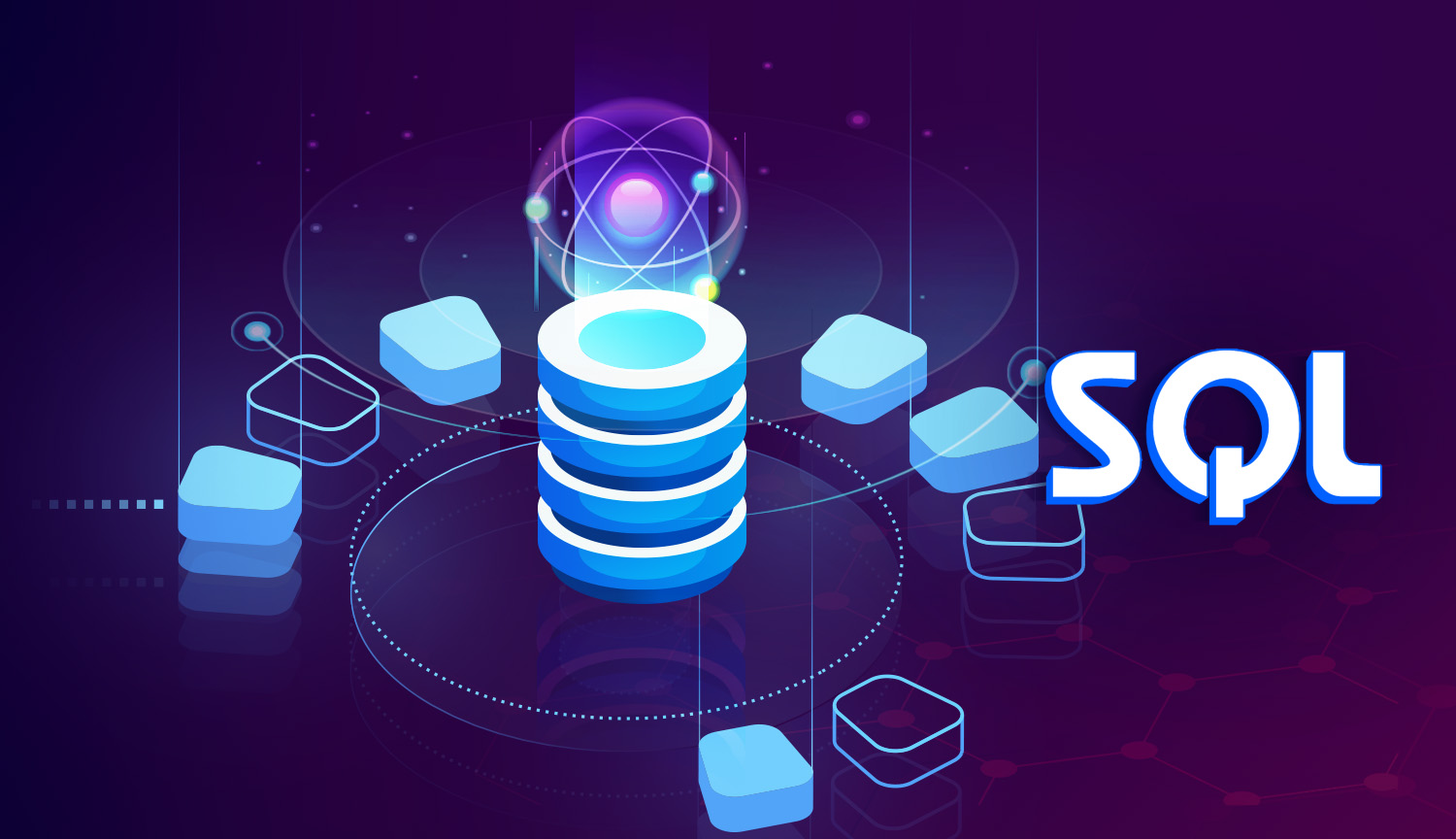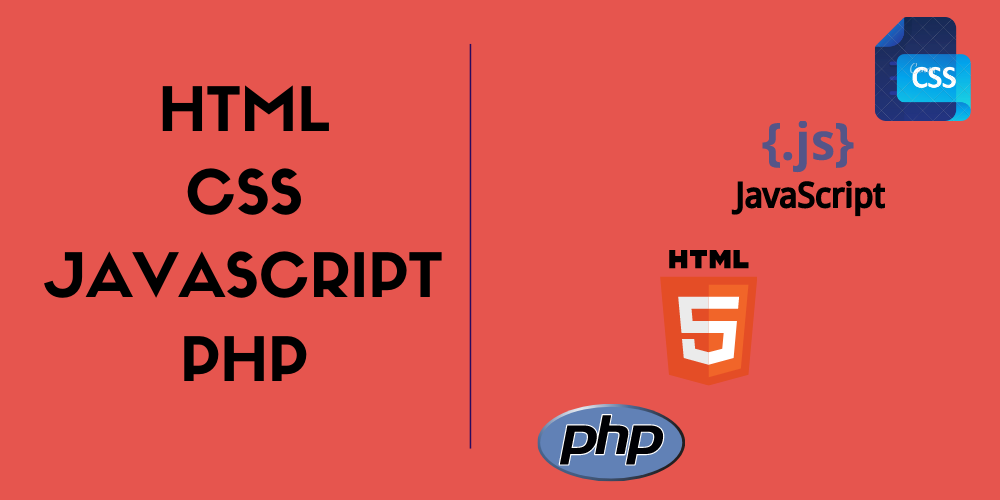Ionic Developer Question And Answers For Freshers.
1) What is the Ionic Framework?
Ionic framework is an open-source UI toolkit for building performant, high-quality mobile apps, desktop apps, and progressive web apps using web technologies such as hypertext mark-up language, CSS, and JavaScript. It permits developers to make one and run all over.
2)How do you install an ionic framework?
The following things area unit needed to put in Ionic.
• Node.js and NPM
• Code Editor
• Ionic CLI
3) What is the Ionic CLI?
CLI stands for the command-line interface it is the primary tool used for developing mobile applications.
4) What are the benefits of an Ionic Framework?
Easy to learn Cross-Platform Easy Documentation User Interface.
5) What are the disadvantages of an Ionic Framework?
Performance Security Limited native functionality.
6) What are the features of an Ionic framework?
Cross-platform Simplicity Javascript component Ionic CLI.
7) How many types of storage are available in the ionic framework?
Local Storage WebSQL SQLite Cookie and session storage PouchDB Web service / API storage.
8) How to rename an Ionic app?
To rename the Ionic app, open the config.xml file from your project's root directory and update the worth within the tag.
9) What is ion-app?
The may be an instrumentality part for the complete Ionic app. The Ionic project ought to have just one part and may have several Ionic parts like header, footers, menus, content, etc. of these parts wrapped into the part once they area unit conferred.
10) What are Mobile Web Apps?
Mobile internet apps area unit internet-enabled apps, that have specific practicality for mobile devices. The mobile web apps accessed through the mobile device's internet browsers. They do not need to be downloaded and put in on the device.
11) What are different page life-cycle events in Ionic?
The ionic framework uses some of the life-cycle events provided by Angular. These life-cycle events are:
• ngOnInit: it's dismissed once throughout the part format. It is wont to initialize native members and create calls into services, which require to be done just once.
• ngOnDestroy: it's dismissed simply before Angular destroys the read. It is helpful for clean-up like unsubscribing from observables.
• ionViewWillEnter: it's dismissed once the part routing-to is on the point of animate into reading.
• ionViewDidEnter: it's dismissed once the part routing-to has finished invigorating.
• ionViewWillLeave: it's dismissed once the part routing-from is on the point of animate.
• ionViewDidLeave: it's dismissed once the part routing-to has finished invigorating.



_(1).jpg)
_(2).jpg)
.jpg)

_(1).jpg)

.jpg)
.jpg)
.jpg)
.jpg)
.jpg)


.jpg)
_(1).jpg)
.jpg)
.jpg)


_(1).png)

.png)

1.png)































4.png)









0 Replies to “Ionic Developer Interview Question And Answers For Freshers”
Leave a Reply
Your email address will not be published.